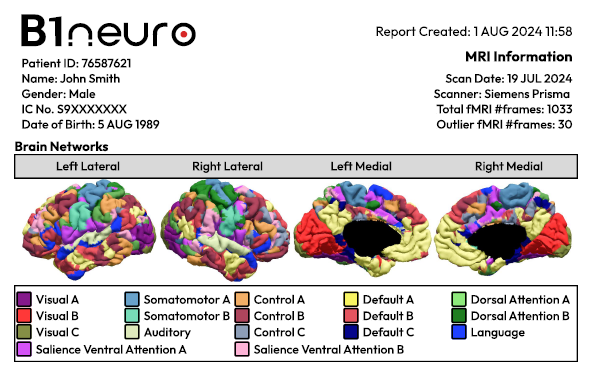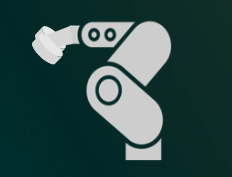A Paradigm Shift for Brain Stimulation
Your brain is unique, the best outcomes for treatments are achieved through personalization.
Effective, non-invasive solution for depression
Transcranial Magnetic Stimulation (TMS)
70 %
of patients respond to treatment when using fMRI-guidance.
3
months of relief on average.
About Us
Neuroimaging and psychiatric expertise
We have a multi-disciplinary team, with expertise spanning the fields of brain imaging, psychiatry and machine learning. Together, we are leveraging this breadth of knowledge to enhance precision and effectiveness of brain stimulation treatments.


Empowering brain stimulation
One treatment for one brain
We are combining information your brain activity and structure to map out your brain, allowing brain stimulation experts to design treatments unique to you. This allows clinicians to get vastly improved outcomes for your treatment.
Our Services
Neurotargeting for Your Needs
We provide neurotargeting services for your businesses to empower your treatments and solutions.

Neurotargeting Service
Our team can locate the the regions of interest in the brain to guide brain stimulation treatments for your clinical and research needs. Contact us to find out more.

Our Partners
Looking for brain stimulation treatments? Locate our nearest partner enabled by our technology. They will be able to provide TMS treatments for specific to you. Coming soon!
FAQ
Commonly asked questions about the brain and neurostimulation.
